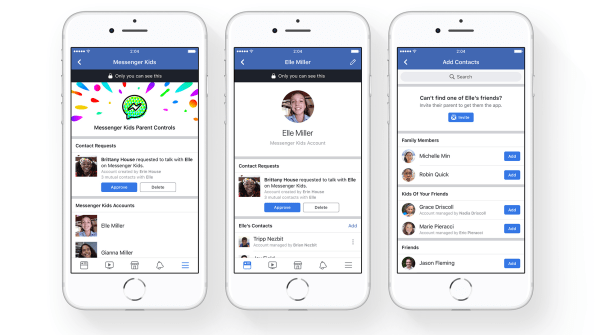Social Media
Over the past two decades, advancements in the internet and social media have significantly transformed technology. Society has evolved from using cell phones and PDAs to adopting smartphones and platforms such as Twitter. As social media usage continues to expand, individuals increasingly share their perspectives on topics ranging from politics and celebrity news to everyday experiences. This raises the question: Have we become dependent on social media? Evidence suggests that the answer is affirmative. For example, lack of response to a comment online may be interpreted as personal discontent. Additionally, people often prefer texting friends and family rather than engaging in phone conversations. While these technologies are designed to enhance connectivity, they can inadvertently lead to a sense of disconnection.
In today's landscape of design and technology, UX/UI design serves as a bridge that unites these disciplines. Adhering to established design principles guides users seamlessly through their profiles, social connections, newsfeeds, and additional features. Given the advancements in technology, prioritizing simplicity within digital experiences is essential. The iPhone initially featured several physical buttons; however, its evolution towards a buttonless design demonstrates the principle that minimalism can enhance functionality. The field of Human Computer Interaction examines minimalism, functionality, and usability for a broad range of users.
Facebook has undergone multiple stages of innovation, reflecting the evolving landscape of technology. The platform demonstrates that, regardless of increasing complexity, users remain interested in accessing its services. Initially, messaging on Facebook was limited to interactions via the wall. With later enhancements, such as the introduction of a dedicated Messenger application, Facebook increased its appeal and popularity among users. Additionally, it enforces age restrictions designed to address concerns about cyberbullying among children and teenagers.
Twitter, now known as X following its recent rebranding, has experienced a series of transformations throughout its existence. The term "twitter" refers to the call made by birds, characterized by repeated light, tremulous sounds. This concept ultimately inspired the creation of a distinctive social media platform. The UI design was innovative. The #hashtag originated as a new concept, and it has since played a role in current events such as Black Lives Matter, Me Too, and other social and political movements. The idea that a simple tweet can change the views of others is powerful. It proves that everyone’s voice matters.
Both Facebook and Twitter discovered that while minimalism the goal, Twitter does a far superior job of achieving a minimal design. Facebook’s iconography while necessary, appears to be a jumbled mess. Instagram’s social media platform explores themes of popularity contests and crucial pop culture references. That’s why there are influencers using only one company’s fashion and makeup products to promote sales.

